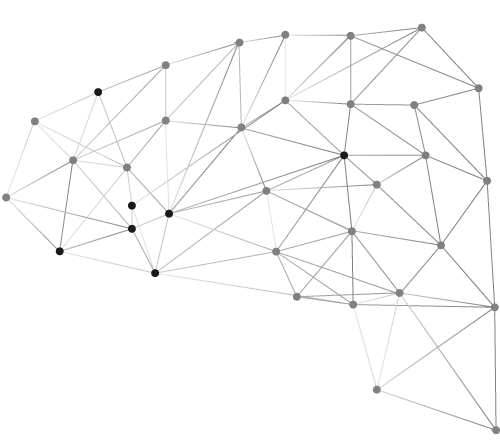December 2020.
1. Introduction
Recent years have seen a resurgence in academic research on income inequality, driven by
the influential body of work by Piketty and co-authors charting the evolution of top incomes
in the advanced economies over the course of the 20th century (Alvaredo et al., 2013;
Atkinson et al., 2011; Piketty, 2014). A central finding from that literature is that while top
incomes fell for several decades after the Second World War, they turned a corner and began
rising, most dramatically in the Anglo–Saxon economies, from the 1980s onwards (Alvaredo
et al., 2013; Atkinson and Piketty, 2007). Correlational evidence from cross-country panel
studies has found that lower taxes on the rich, especially top marginal income tax rates, are
strongly associated with rising top incomes over this period (Huber et al., 2019; Piketty et al.,
2014; Roine et al., 2009; Volscho and Kelly, 2012). Although, studies exploring the effects of
individual tax reforms paint a less clear picture, with some finding persistent effects on income
inequality (Rubolino and Waldenström, 2020) and others only short-term effects (Saez,
2017).

